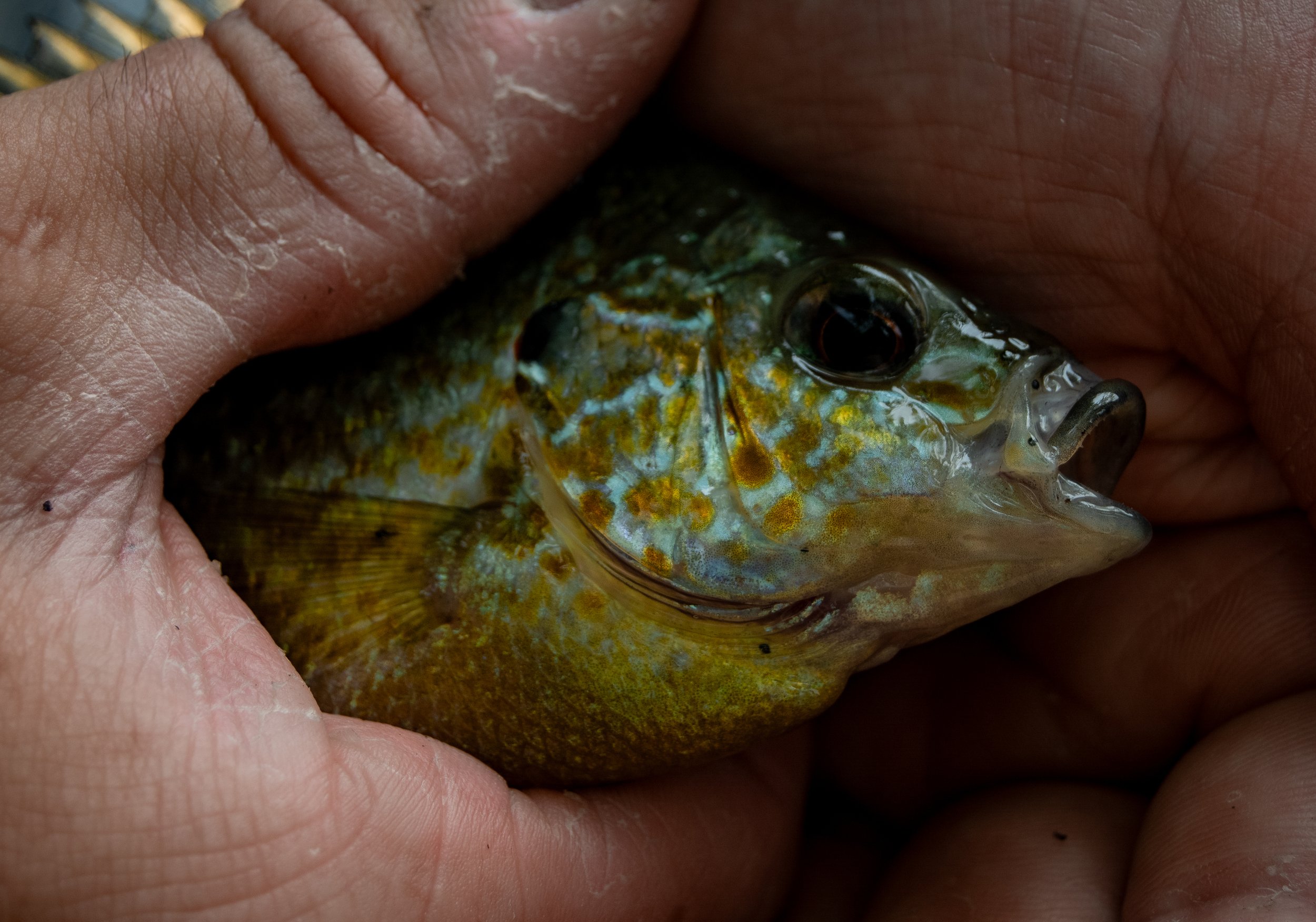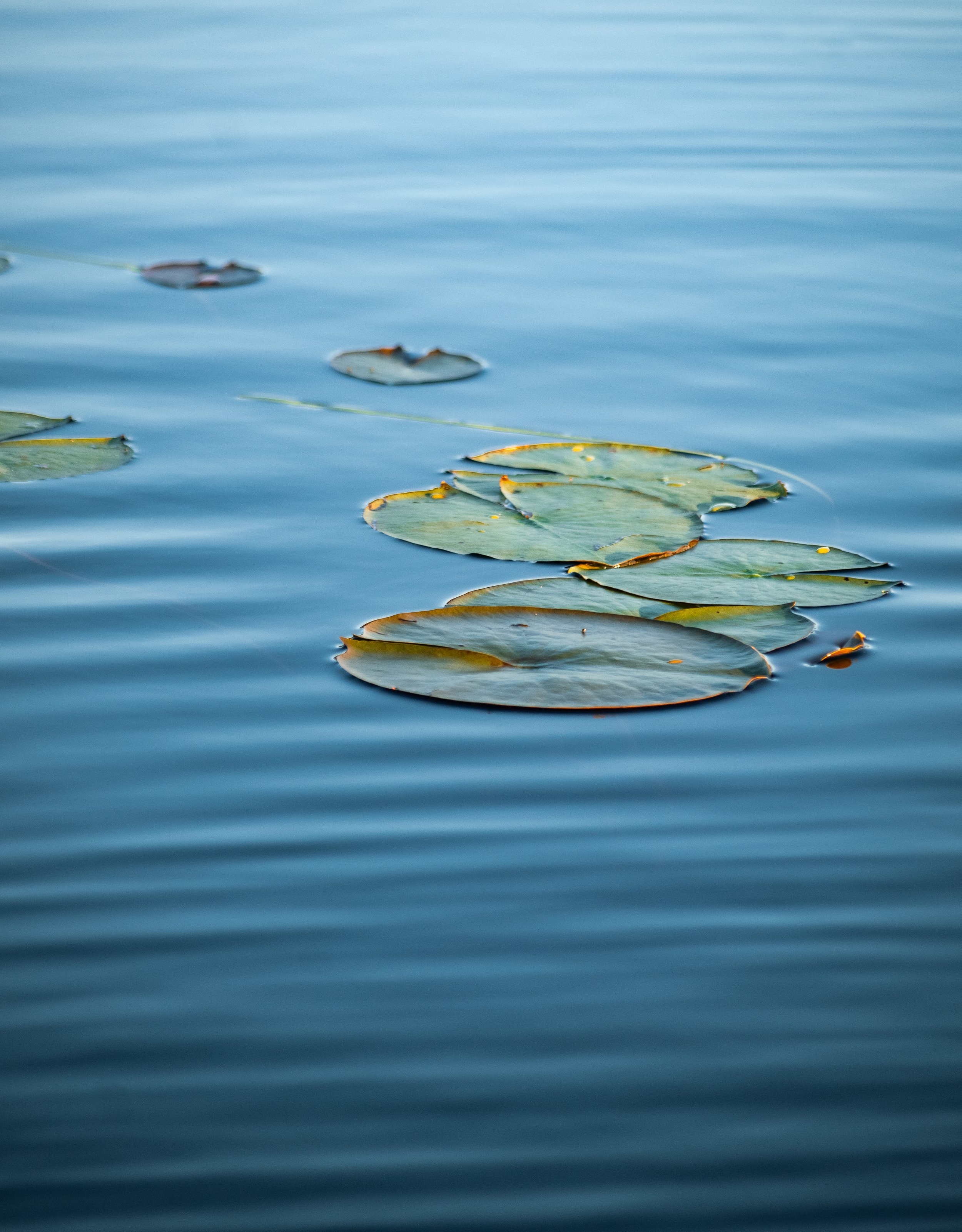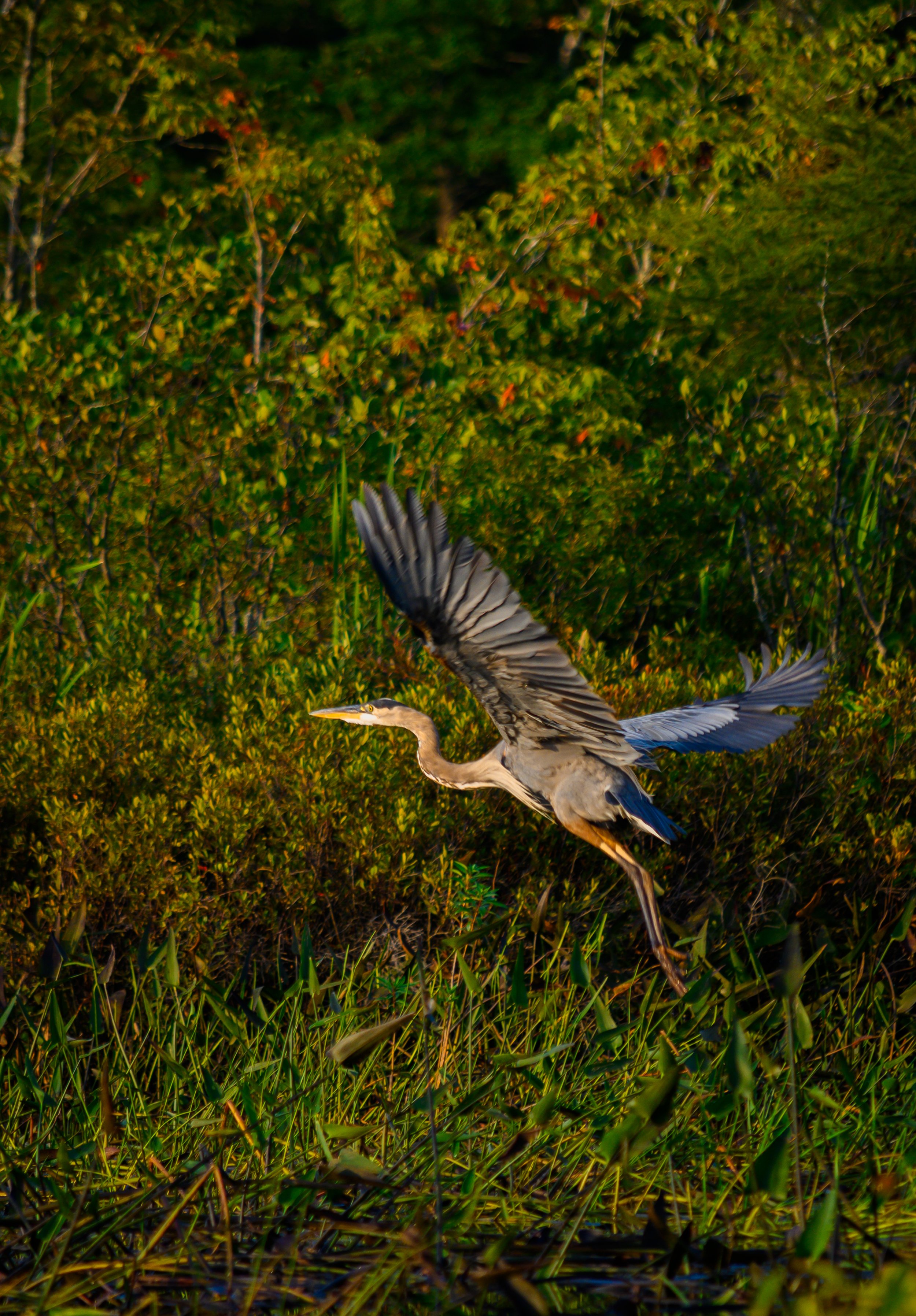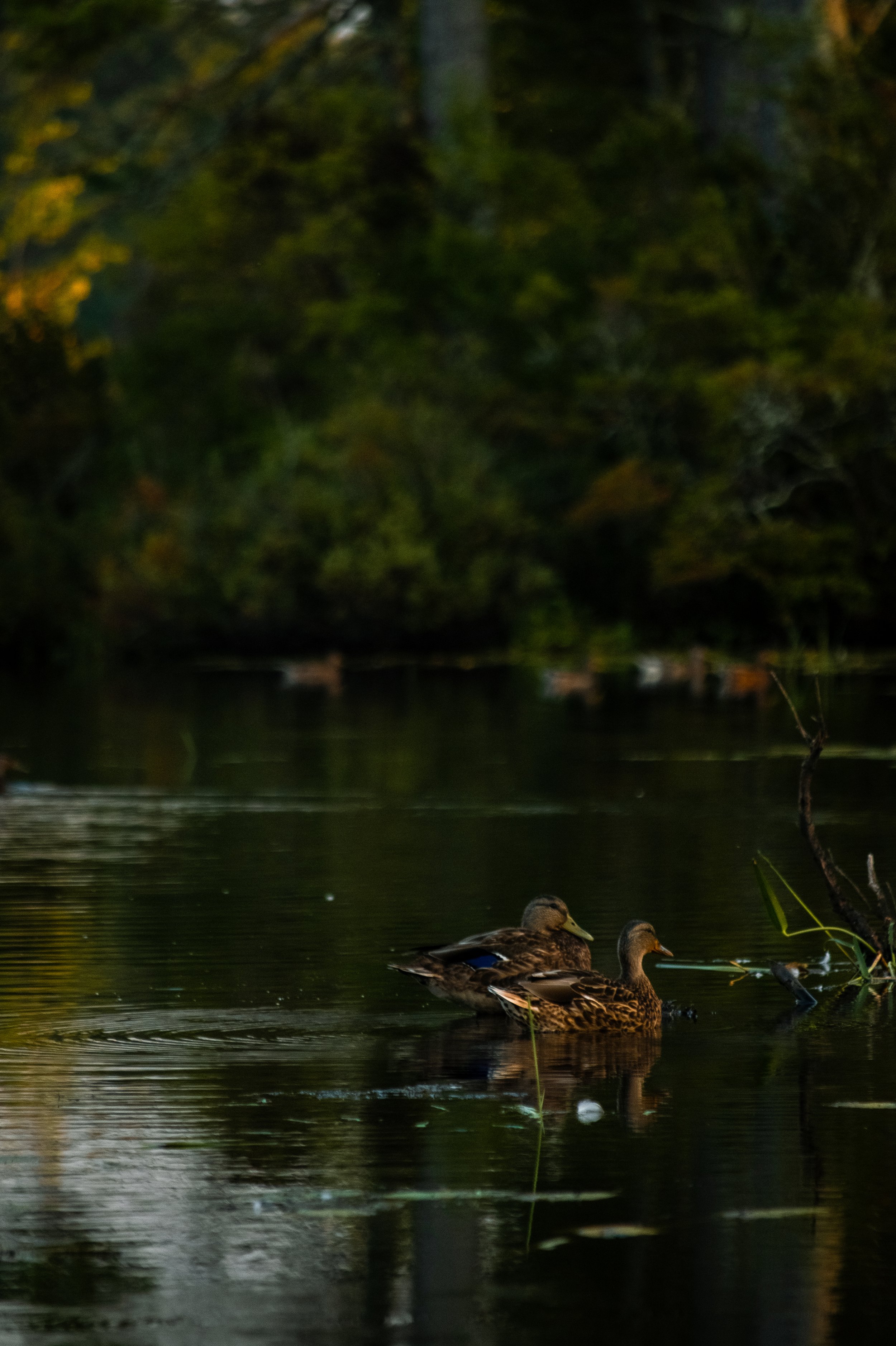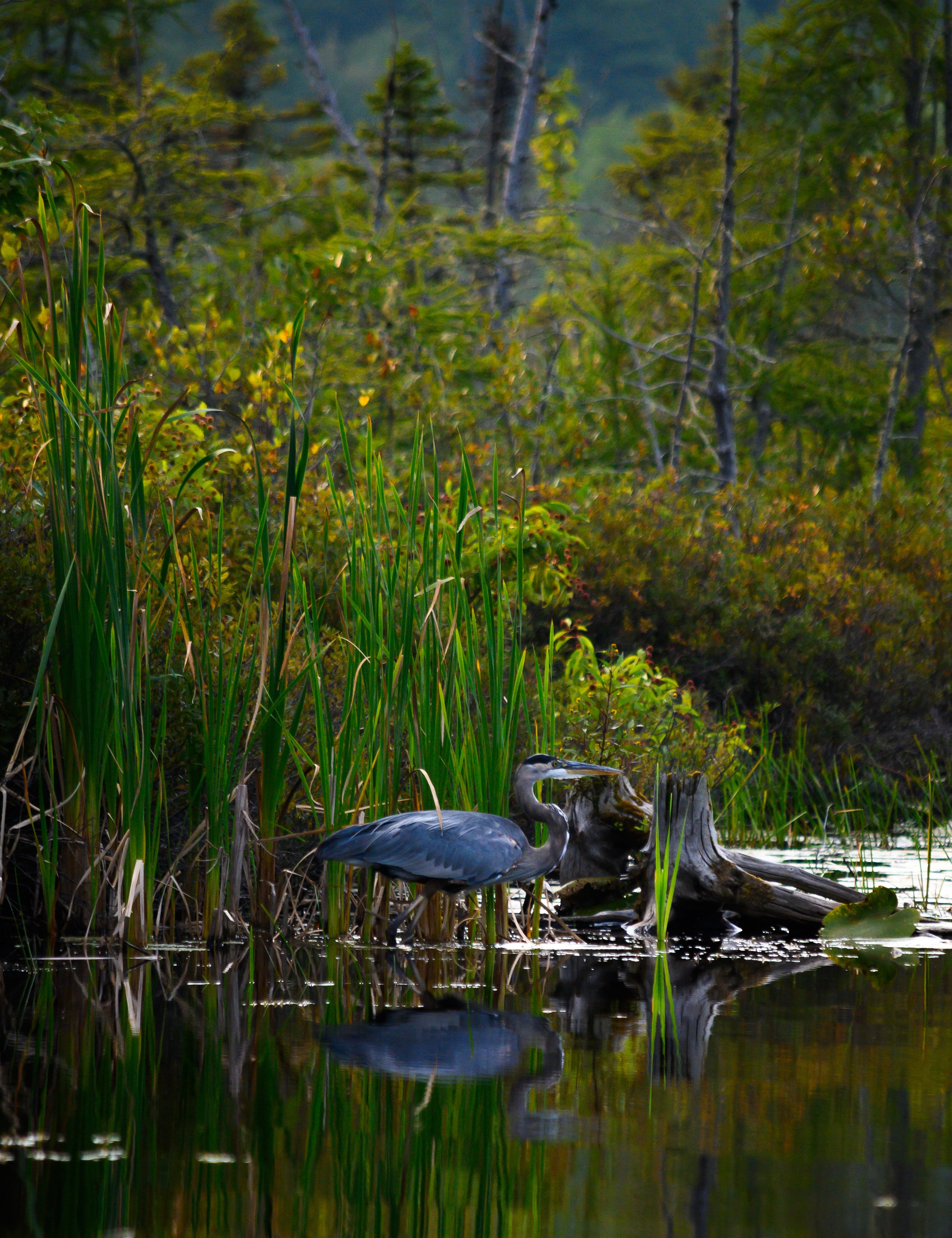Wetlands as Crucial Bird Habitats
Wetlands are one ecosystem that is fairly obvious- we all know how they smell, how they look, but what you might not know is just how important they are to a functioning and healthy ecosystem. Wetlands play a crucial role in their environments, and much like a keystone species, they could be considered a keystone biome. They act as the great filter for earth’s water, and provide a unique habitat for birds, fish, amphibians, and invertebrates to thrive in. Additionally, coastal wetlands act as nature’s built-in flood wall, helping slow storm surges, and removing sediment from the water.
Unfortunately, the ecological value of these mucky lands was not widely recognized until late into the development of our current cities. Oftentimes they were seen as muddy, unuseful plots that were eventually paved over (ever heard of Manhattan?)Luckily, as time and science have progressed, we’ve come to realize just how essential wetlands are for both humans and other creatures that depend on them- one of the most prolific of these animals being dinosaurs.
Well, birds actually. Though, if you didn’t know that birds all share blood with their charismatic ancestors the dinosaurs, now you do. However, the importance of wetlands for waterfowl, migratory, and coastal birds can’t be understated if I tried. Wetlands stand as vital strongholds for avian biodiversity, offering a haven for countless bird species. These diverse habitats provide not only abundant food sources but also safe nesting grounds, allowing birds to raise their young in relative security. From the secretive marsh wrens to the iconic herons that grace our wetlands, each species finds a niche in this mosaic of water, grasses, and land. Birds also serve as early sentinels, offering crucial insights into the overall health of an ecosystem. Their presence or absence can provide invaluable indicators of environmental changes, acting as nature's barometers. As we witness the comings and goings of the feathered residents, we gain a deeper understanding of the intricate web of life that wetlands sustain. Preserving these habitats isn't just about conserving a singular environment; it's about safeguarding a vibrant chorus of life that resonates far beyond the water's edge.
In Maine, water plays a massive role in the landscape. Much like the temperate rainforests of the Pacific Northwest, our corner of New England averages 43-46 inches of rain per year. Maine’s mixed forests are interspersed with pockets of vibrant wetlands and shallow ponds, home to iconic species such as the bald eagle, blue herron, and red-eyed loon. All one must do to understand the role of water in this landscape is simply put their boots on the ground.
Despite their value to the ecology of the region, wetlands are still under threat. Not only do developers eye them as an easy taget in land grabs, but other industrial interests such as mining projects risk contamination of watersheds with their operations. It is essential now more than ever to be educated on the environment in which you live. Suprisingly (and luckily), battles to preserve culturally and biologically significant sites are a public matter, leaving the door open to YOUR input. Pay attention to the legislature and issues your community faces locally to make an impact in the mission to preserve vital ecosystems for generations to come.



